Too early to say the tribal population of India, our most vulnerable, ducked COVID-19?
As India’s COVID-19 tally crosses the million mark, it may be tempting to conclude that tribal communities have ducked the blow so far. That is a partial truth that hides more than it reveals.
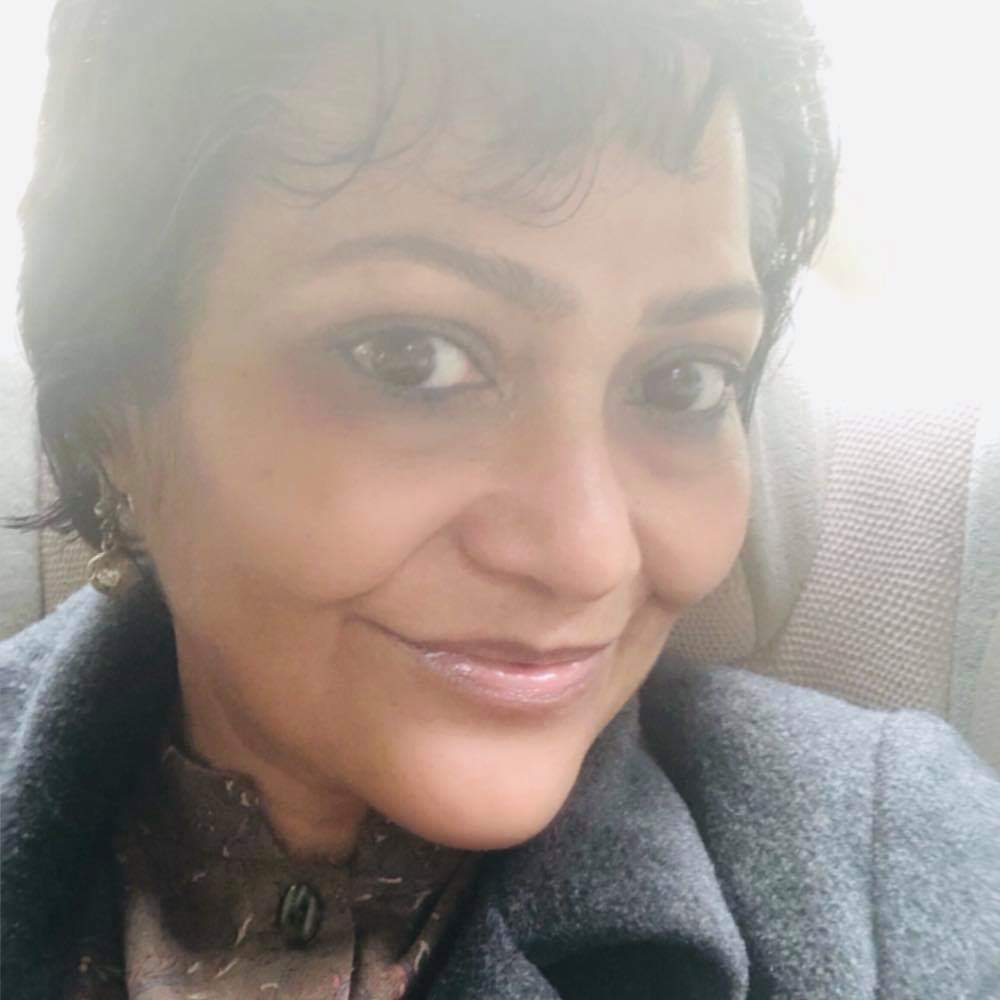
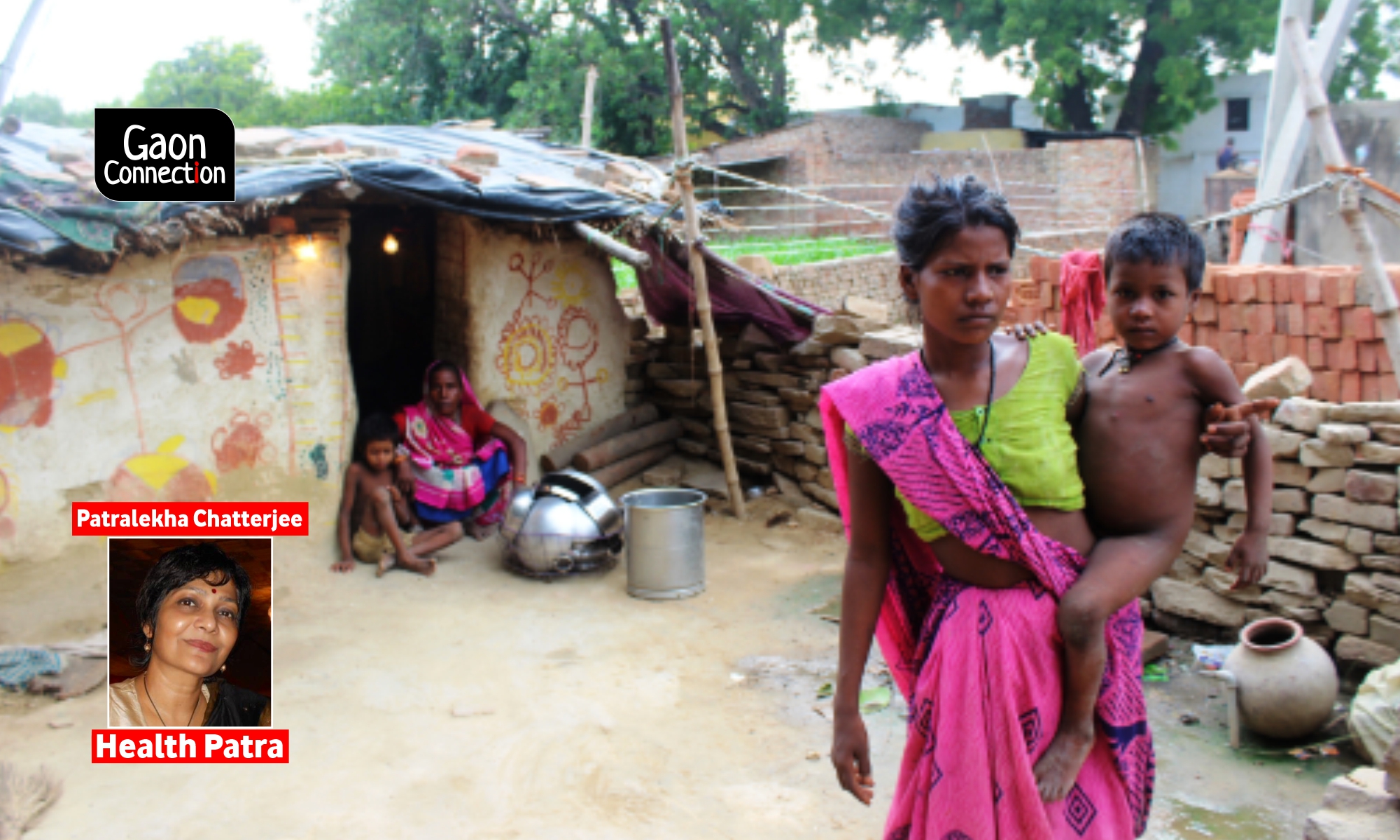
Tribal and forest communities, living in deprivation, are not insulated from risks of COVID-19 infection, experts say
SARS-CoV-2, the virus that causes COVID-19, entered India through international airports. The cities were hit first, and remain the worst-affected. Mobile populations took it to parts of rural heartlands but, villages managed to protect themselves, to an extent, by quarantining returning migrants.
What we seldom talk about, however, is the situation in remote villages and forested areas where India’s 104 million tribal people, roughly 8.6 per cent of the country’s population, live.
Where do they figure in the pandemic talk? Given the historical neglect towards tribal terrain, how safe are they?
“Tribal villages are behind the curve because they are farthermost from India’s urban centres, worst-hit by the pandemic. But there is no room for complacency because tribal communities have poor health indicators and typically live in places where the health system is weak,” said Yogesh Jain, a public health physician working with Jan Swasthya Sahyog People’s Health Support Group, a non-profit in rural central India.
“It is a case of poor people getting poor programmes. Governments must equip health systems catering to tribal people,” he added.
Jain, who was a member of the expert committee on tribal health in India headed by public health expert Abhay Bang, said not much has happened since the committee submitted its report in 2018. “Like many reports, it may be gathering dust,” he said.
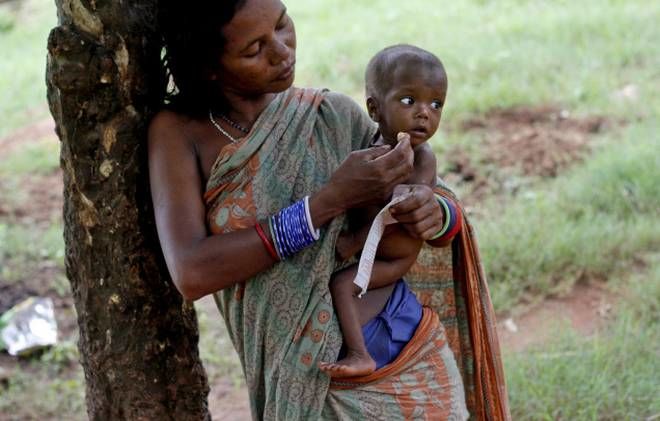
The key recommendations by the expert committee, like setting up new entities, such as Tribal Health Council and Directorate of Tribal Health, to generate data, monitor and review programmes targeting tribal communities, remains unheeded.
Tribal Health in India – Bridging the Gap and a Roadmap for the Future, 2018, the first report of its kind in India, flagged some of the structural disadvantages faced by tribal communities – 40.6 per cent ST (Scheduled Tribe) population live below the poverty line as against 20.5 per cent of the non-tribal population; the prevalence of underweight is almost one and a half times in tribal children than in the ‘other’ castes; the estimated prevalence of pulmonary tuberculosis in the tribal community is significantly higher than the rest of the country — 703 against 256 per 1,00,000.
Currently, there is no single source of data available on the tribal population to create a countrywide disease burden profile, the report said.
While tribal communities continue to suffer from malnutrition, communicable diseases and maternal and child health problems, there is evidence of early epidemiological transition. Lifestyle diseases are cropping up increasingly. One out of every four tribal adults suffers from hypertension, according to the report.
Though successive governments in India have generally agreed that tribal communities face multiple disadvantages leading to very poor health indicators, there have been no real comprehensive policies to address their situation. Nor is there any granular data about the state of health of various tribal communities in the country, as Jain pointed out.
For long, tribal healthcare was subsumed under rural healthcare. It was believed what works for rural populations works for tribal communities as well, not factoring in their specificities and the huge diversity among tribal communities.
Tribal areas face daunting geographical and infrastructural challenges, even by the standards of rural India – access to health services becomes difficult as the approach roads are often poor or non-existent. Add to this poor availability of health personnel, lack of proper medical equipment, language and social barriers between health workers and the communities.
Experts point out that the tribal story has been further complicated by development-induced displacement which has put food and nutritional security of tens of thousands of tribal communities in India at risk.
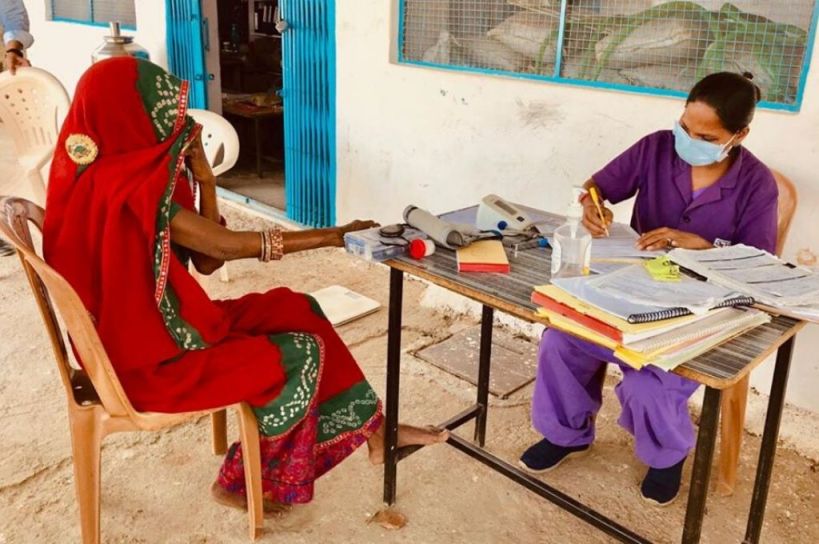
Impact of COVID-19, the subsequent lockdown on tribal communities
In May this year, a group of civil society organisations, activists, researchers working with tribal people and forest-dwelling communities submitted a report to the Ministry of Tribal Affairs (MoTA) about the socio-economic distress in tribal areas stemming from the COVID-19 outbreak and the subsequent lockdown measures.
The report pointed out that tribal areas already suffer from multiple disadvantages, for instance, an acute shortage of basic healthcare facilities and healthcare professionals; they were also hamstrung by the lack of information and awareness etc. leading to the prevalence of malnutrition, and diseases such as malaria, leprosy, tuberculosis (TB) and others.
Absence of healthcare facilities can severely limit the capacities to deal with any major COVID-19 outbreak in tribal areas posing a serious threat to the tribal population, the report said.
COVID-19 impacts people who already have compromised health conditions and low immunity. This means tribal and forest communities living in deprivation are not insulated from risks of infection, said experts.
Sulakshana Nandi, National Joint Convener of People’s Health Movement India (Jan Swasthya Abhiyan) said that Chhattisgarh, where she is based, has done a good job of creating employment under the Mahatma Gandhi National Rural Employment Guarantee Act (MGNREGA), which, along with Public Distribution System (PDS) helped poor tribal families stave off starvation.
Quarantining returning migrants by village panchayats also helped keep COVID-19 tally in tribal areas low so far. But, because of the absence of public transport, and reduced hospital services, those suffering from other ailments have had to delay treatment.
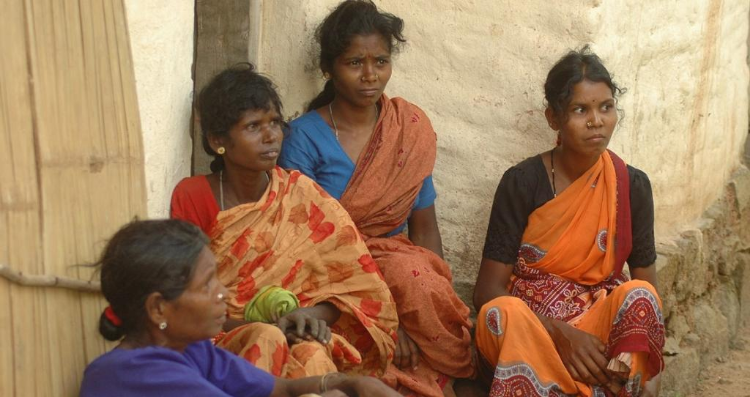
Within major states, Chhattisgarh, with 31.8 per cent Scheduled Tribe population, the highest, for instance, has no real government transport system. The typical geographical disadvantages of tribal areas – remote locales without proper roads and far from hospitals – could be having a severely adverse impact on tribal people, said Nandi. The government’s referral transport has not been available to the extent it should have been.
A Public Health Resource Network (PHRN) study (2017) had found that only 33 per cent households in the Baiga community in Chhattisgarh and 14 per cent households in Sabar community in Jharkhand had mobiles compared to the national average of 84 per cent. “Smartphone-based contact tracing tools like Aarogya Setu may fail to provide the desired assistance in developing a public health response to this pandemic,” pointed out Deepika Joshi, in an article for the blog series – HEAL (Health, Ethics and Law) Institute & IJME (Indian Journal of Medical Ethics) COVID-19 Insights.
Chandrakant, a health activist who works among Baigas, a Particularly Vulnerable Tribal Group (PVTG) in Pandariya and Bodla blocks of Kabirdham district in Chattisgarh, told Gaon Connection that immunisation had resumed after a long hiatus during the lockdown. However, in the blocks he was working in, many children, from the remotest villages, were missed out in the first week of July because the ANM visited only the anganwadi centres connected by road. Follow-up visits could not be done since frontline health workers were being repurposed for COVID-19 duties. The health and wellness centres which earlier carried out screening for non-communicable diseases also stopped these services because medical doctors and other staff were being deployed in places which had more COVID-19 cases.
Health experts and researchers working with tribal communities are pointing out that testing and monitoring of the disease remains insufficient and mostly limited to urban areas. Providing testing facilities in tribal areas is a major challenge but must be done. Alongside, livelihood and food security needs of the country’s most vulnerable must be kept in mind.
The Particularly Vulnerable Tribal Groups (PVTGs), the most marginalised among the scheduled tribes, are in severe distress. Activists say the lockdown measures have affected their access to forests and livelihood.
The alarm bells are ringing. The governments must step up to the plate.

